Contributing to this common achievement are the efforts of the Vietnam Film Institute (under the Ministry of Culture, Sports and Tourism), the unit assigned the task of preserving and promoting the current domestic film treasure.
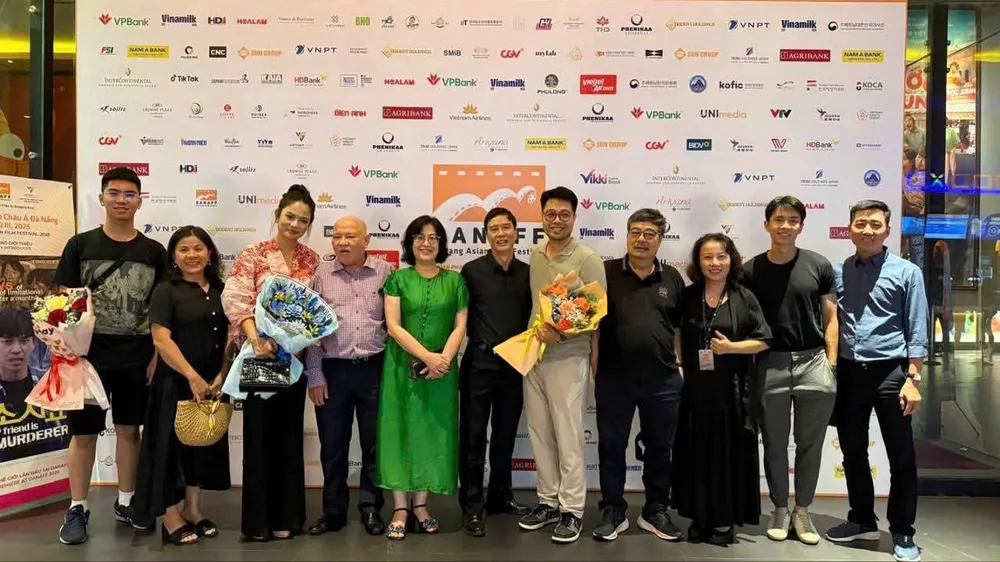
1. At the recent 3rd Da Nang Asian Film Festival (DANAFF III) alone, the Vietnam Film Institute brought 18 out of 22 films on the theme of revolutionary war to be screened. It is noteworthy that all the films were digitized and edited with the highest quality, even some film versions were commented by the director himself to have better images and sound than when the film was released nearly 30 years ago.
The Vietnam Film Institute is currently the largest film archive in the country and is ranked among the top in Southeast Asia today. Of which, revolutionary war films of Vietnamese cinema produced before and after the country's reunification account for a very large volume, preserved according to strict technical standards in the institute's archive system.
Over the years, through many forms, the treasure trove of hundreds of Vietnamese cinematographic works on the theme of revolutionary war has been brought by the Vietnam Film Institute to serve millions of audiences across the country and in many countries around the world . Among these, war-themed films produced after the country's reunification (feature films and documentaries) have always been warmly welcomed and received positive reviews about the artistic quality from audiences, especially young audiences.
Typically, at DANAFF III, the films introduced moved the audience, both those who had seen them many times and young people who had seen them for the first time, such as: Wild Fields (1979), Mother Away (1980), First Love (1980), Returning to the Sand Wind (1983), Legend of the Mother (1987), Fairy Tales for 17-Year-Olds (1988), Fierce Childhood (1991), Blades of a Knife (1995), Dong Loc Junction (1997), Apartment (1999), Legend of Quan Tien (2019)...
2. As a soldier coming out of the war, for us, movies are not simply a work of entertainment and propaganda, but more than that, they are associated with memories of a time of youth that we can never forget. I sat and watched Wild Fields with young people at a very modern cinema in the center of Da Nang City.
The surrounding scenery was different, no longer the grassy field reeking of cow dung; the people around were also different, no longer the same age friends with eager eyes when they first looked up at the projection screen hanging in the windy sky. But the emotions were still the same, I felt the theater space tense up when Ba Do wriggled under the reeds to avoid the bullets from the helicopter, or the gasps at the conflict scenes of the young couple, and the whole theater fell silent when the film ended.
I guess in the theater at that time, not many people had directly held a gun to fight, but you all understood to some extent the pain of war, the price of peace . That made veterans like me feel really warm-hearted, more proud of our contributions to the overall victory of the whole nation.
Mentioning the above, I would like to once again thank the filmmakers and those who have contributed to preserving and conserving these precious films; to bring them to the viewers, the generations born in peace, with the highest quality and integrity. Sharing with the audience during the screening of the film Going to the South and Going to the North (produced in 2000), director Phi Tien Son expressed his emotion when seeing his brainchild, even after 25 years, still in perfect quality, bringing the best experience to the audience.
3. Being present and witnessing those emotional moments, Ms. Le Thi Ha, Director of the Vietnam Film Institute, could not hide her feelings. Currently, on average, each year, the institute periodically returns and cleans more than 11,000 films of all kinds with chemicals. In addition, the institute's experts also repair, restore and digitize films damaged over time. Among them, the institute has restored and digitized many films of historical value, such as: Ho Chi Minh - Portrait of a Man; The South in My Heart; The Last Moments of Uncle Ho's Life; Nguyen Ai Quoc Comes to Lenin; Pac Po Spring Water; Dien Bien Phu Victory...
In order to prolong the life of films, serve the work of archiving and exploiting documents effectively, the Institute has planned and regularly carried out the printing and transferring of expired films, films lacking sets, celluloid films, digital betacam tapes to high-resolution digital files. The Institute has 1,500 Vietnamese feature film files, 2,030 documentary film files, 615 animated film files, and hundreds of files on cinema activists, general issues of cinema... This is a valuable source of documents for research, study and display and exhibition.
The 45-year journey of the Vietnam Film Institute is a joint effort of many generations, contributing to making the institute a "home" of cinematic works, a place to keep the "golden roses" of Vietnam's revolutionary cinema always shining with fragrance and color over time.
The Vietnam Film Institute is one of the founding members of the Southeast Asia-Pacific Audiovisual Archives Association (SEAPAVVA) in 1995 and successfully organized four SEAPAVVA Conferences in 1998, 2004, 2012, and 2021.
Source: https://www.sggp.org.vn/noi-luu-giu-nhung-net-son-cua-dien-anh-cach-mang-post804545.html




![[Photo] 60th Anniversary of the Founding of the Vietnam Association of Photographic Artists](/_next/image?url=https%3A%2F%2Fvphoto.vietnam.vn%2Fthumb%2F1200x675%2Fvietnam%2Fresource%2FIMAGE%2F2025%2F12%2F05%2F1764935864512_a1-bnd-0841-9740-jpg.webp&w=3840&q=75)
![[Photo] National Assembly Chairman Tran Thanh Man attends the VinFuture 2025 Award Ceremony](/_next/image?url=https%3A%2F%2Fvphoto.vietnam.vn%2Fthumb%2F1200x675%2Fvietnam%2Fresource%2FIMAGE%2F2025%2F12%2F05%2F1764951162416_2628509768338816493-6995-jpg.webp&w=3840&q=75)


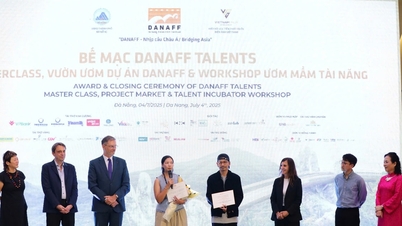




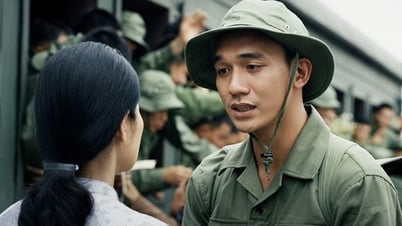


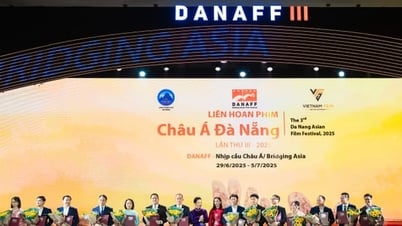



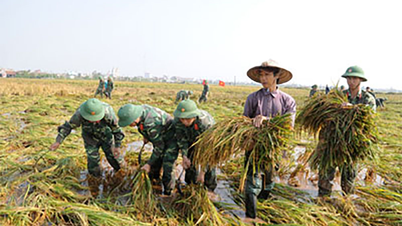

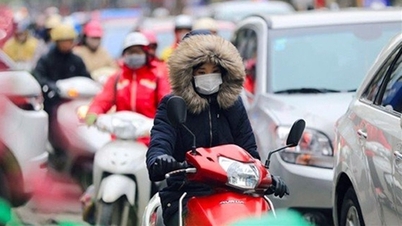

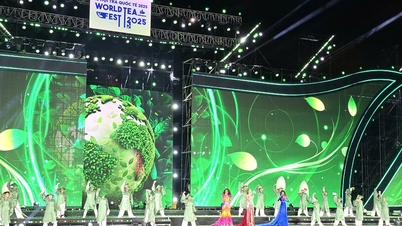


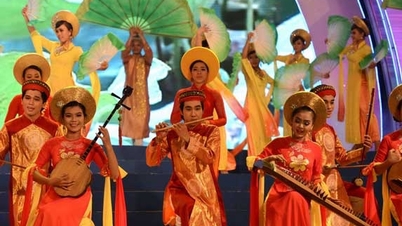





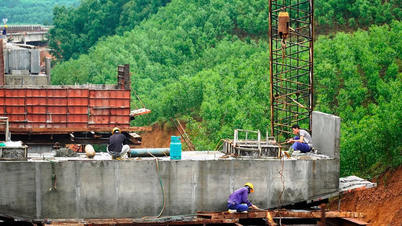
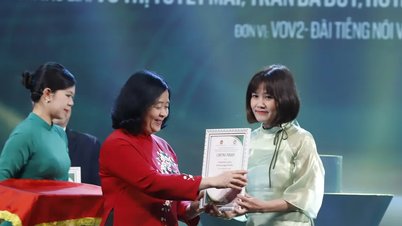
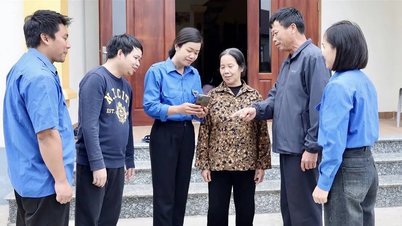

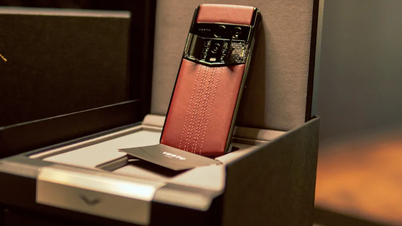
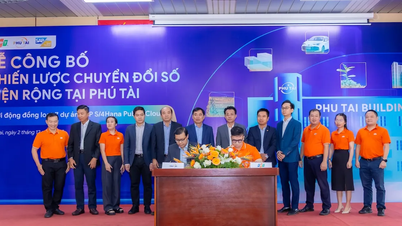


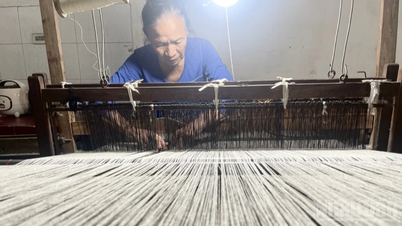
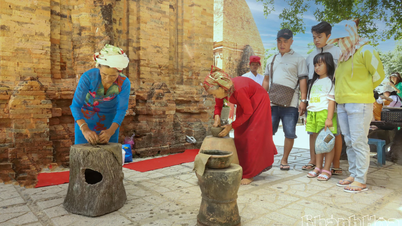

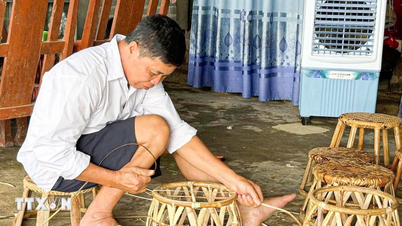

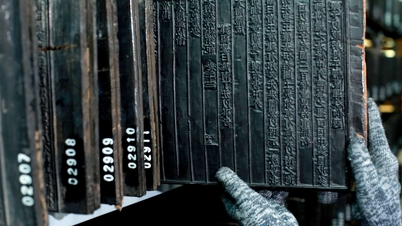






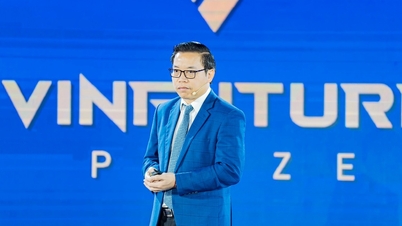

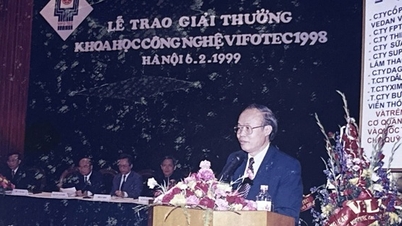

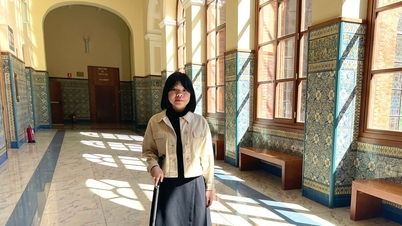
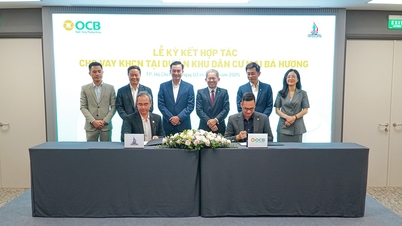

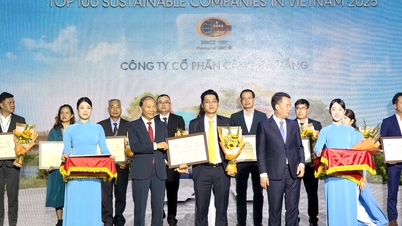
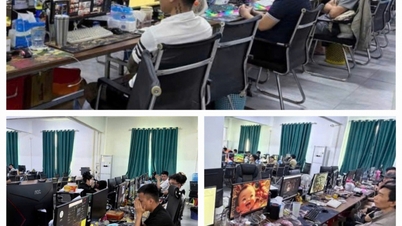
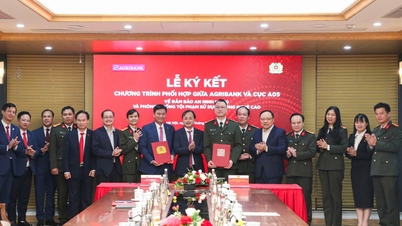

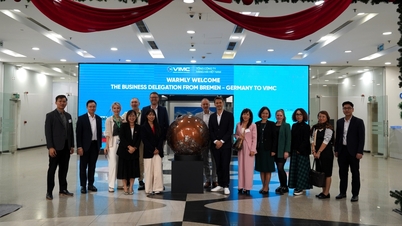
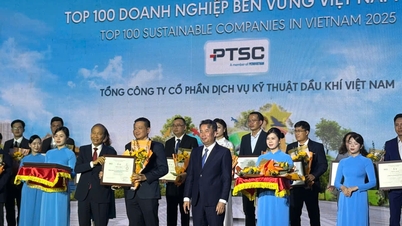







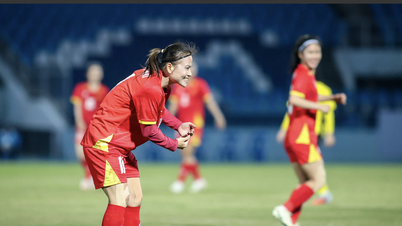



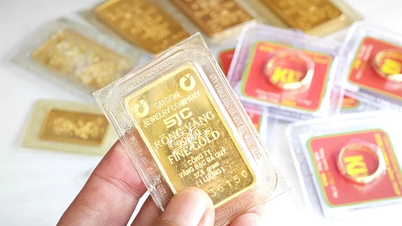
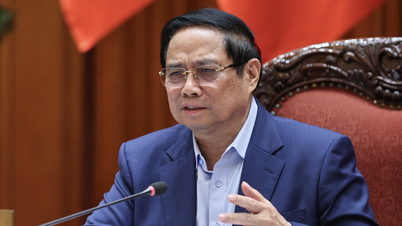
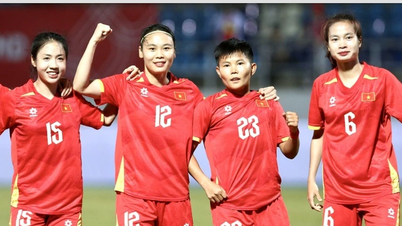
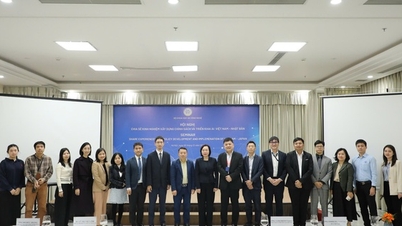
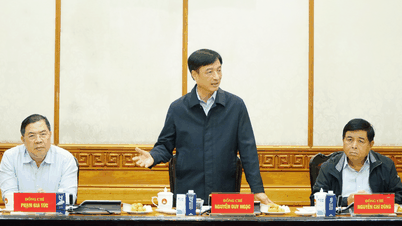

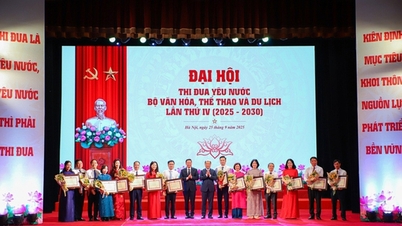

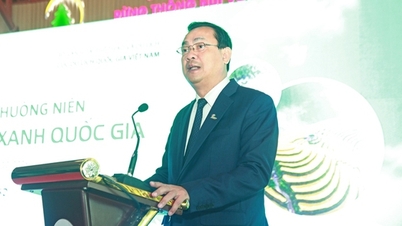
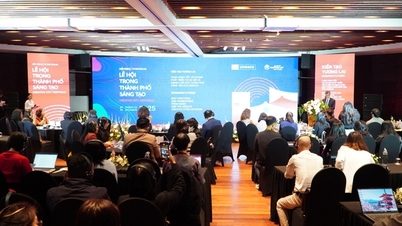
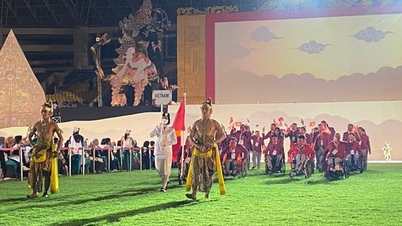


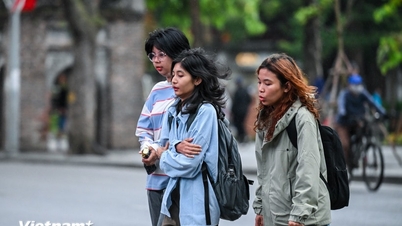

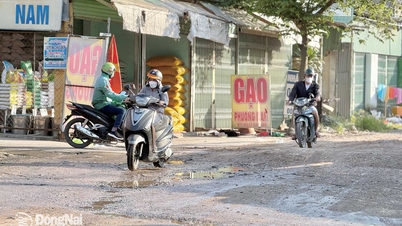

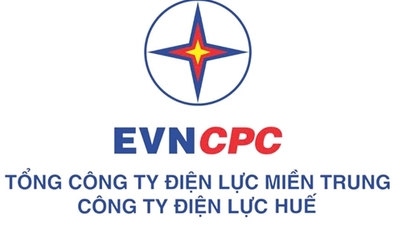

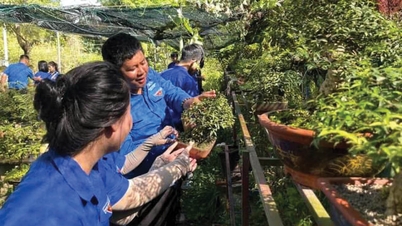
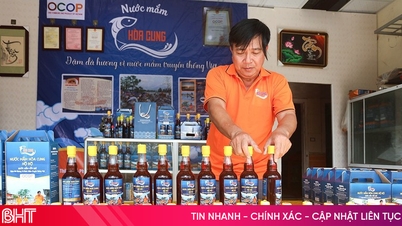










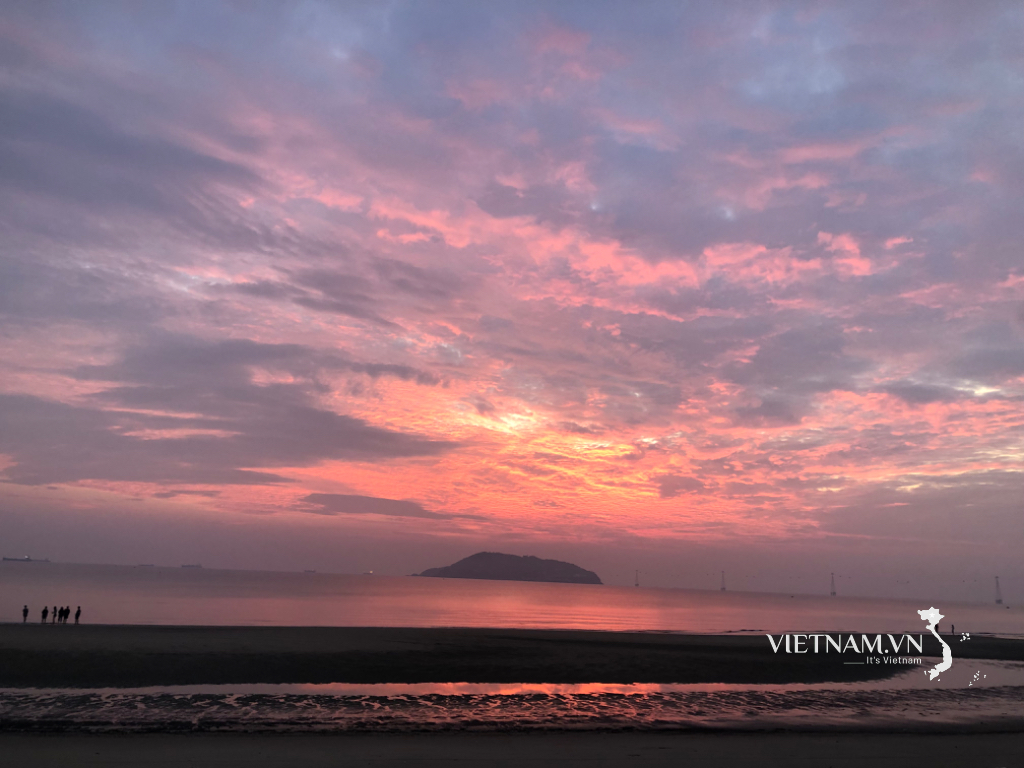

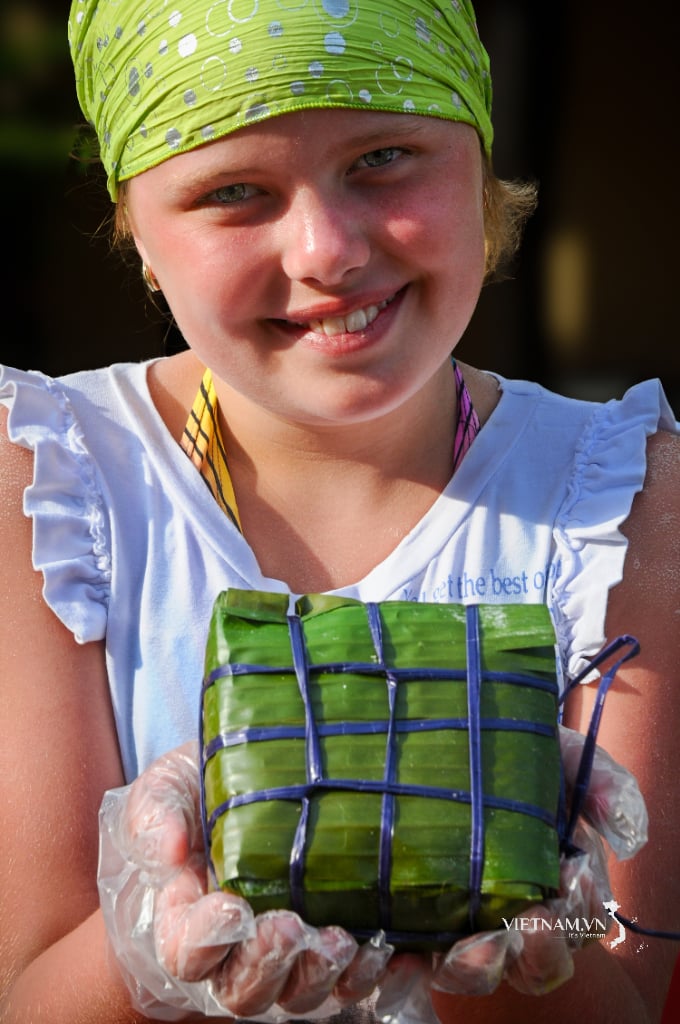




Comment (0)